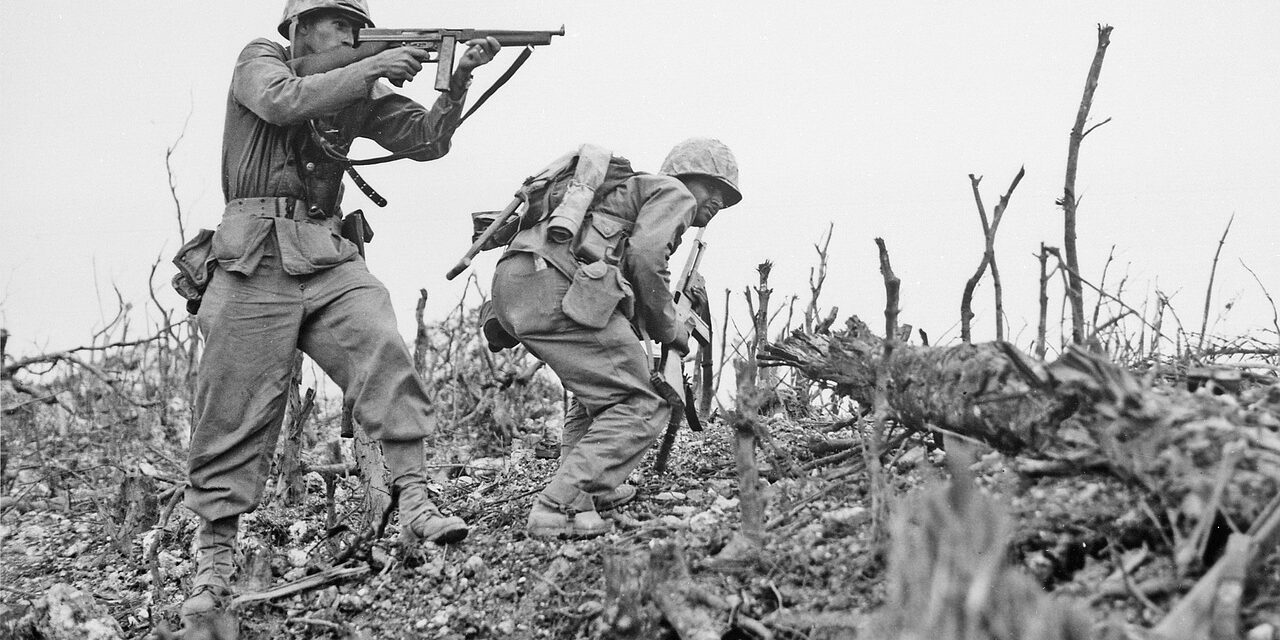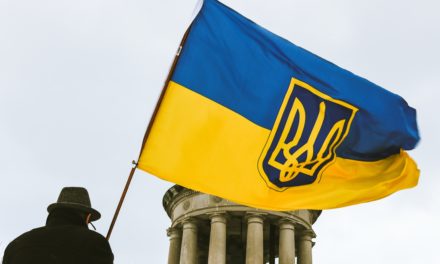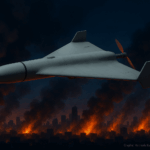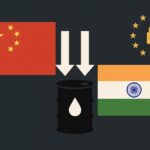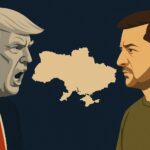Recent reports from major news outlets, including The New York Times and Washington Post, indicate that President Joe Biden has authorized limited strikes by Ukrainian forces using US-provided ATACMS missiles against military targets in Russia and North Korea, specifically within Kursk Oblast. This decision arises in response to the deployment of North Korean forces within the region, aiming to deter further North Korean military involvement. The Biden administration’s authorization is characterized as a measure intended to create a “specific and limited” impact on the battlefield without significantly altering the overall course of the war. French and UK media have similarly noted that Ukraine has received permission to use SCALP/Storm Shadow missiles against Russian targets, potentially extending beyond Kursk Oblast in the future.
On the night of November 16-17, Russian forces launched a significant missile and drone strike against Ukrainian energy infrastructure, employing a variety of missiles and drones. The Ukrainian Air Force reports significant interceptions during this strike, including the shooting down of several missiles and drones. However, the attacks caused damage to energy facilities and resulted in power outages across various regions, affecting ongoing recovery efforts from previous assaults.
In parallel, Ukrainian forces made a notable strike on a defense industrial facility in the Udmurt Republic, targeting the Kupol Electromechanical Plant, which is associated with the production of air defense systems. This marks the first reported strike within this Russian region, highlighting a shift in Ukrainian operational reach.
Additionally, recent intelligence suggests North Korea continues to support Russia militarily, providing artillery and rocket systems. It is speculated that North Korea may deploy up to 100,000 troops to Russia, although this would not sufficiently address the ongoing high casualty rates suffered by Russian forces.
As the conflict continues, military strategists predict a focus on urban combat for the winter season, with Russian forces aiming to seize control of key populated areas. This strategic shift may help the Russian command mitigate the impacts of Ukrainian drone operations and facilitate advances despite their ongoing casualty challenges.
In the political realm, Kremlin-affiliated discussions persist regarding potential peace negotiations with Ukraine, albeit framed within a context demanding full surrender and territorial claims that pose significant risks to regional stability, specifically concerning Moldova and NATO.
Lastly, tensions within Abkhazia are escalating, as opposition protests against President Aslan Bzhania call for his resignation. The situation suggests a growing political crisis with implications for governance in the region and potential responses from Moscow.
Más información en Institute of the Study of War

